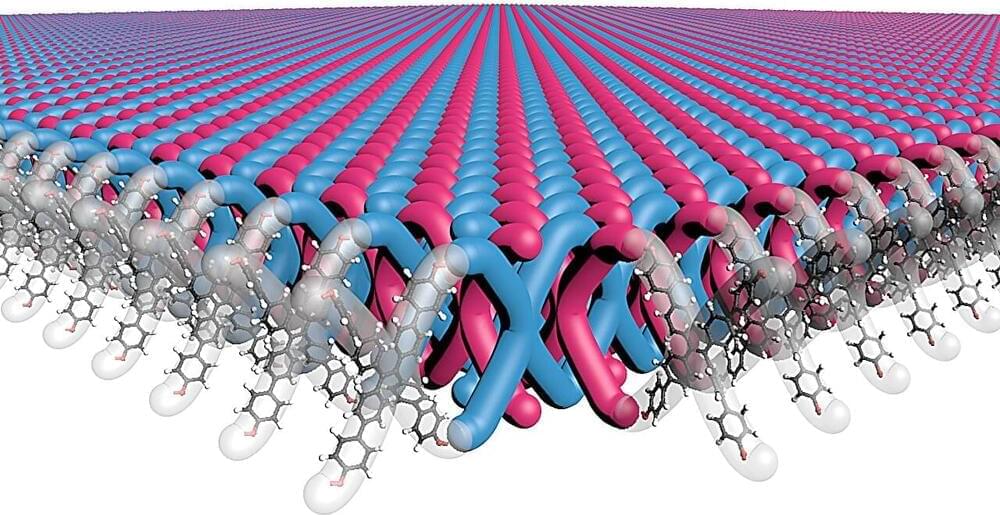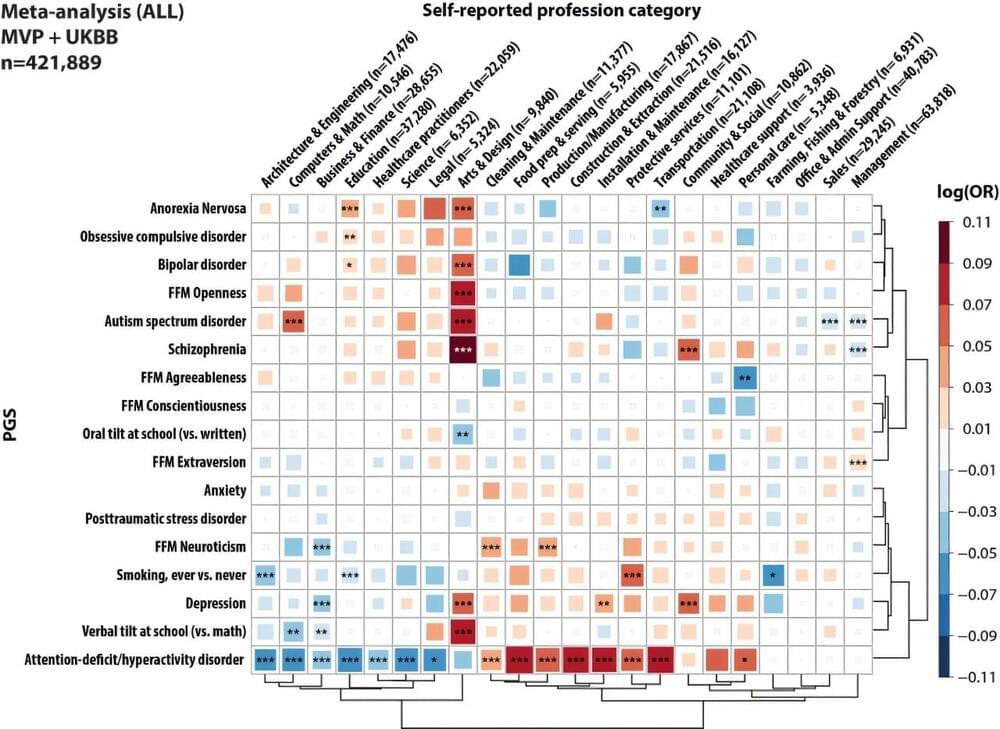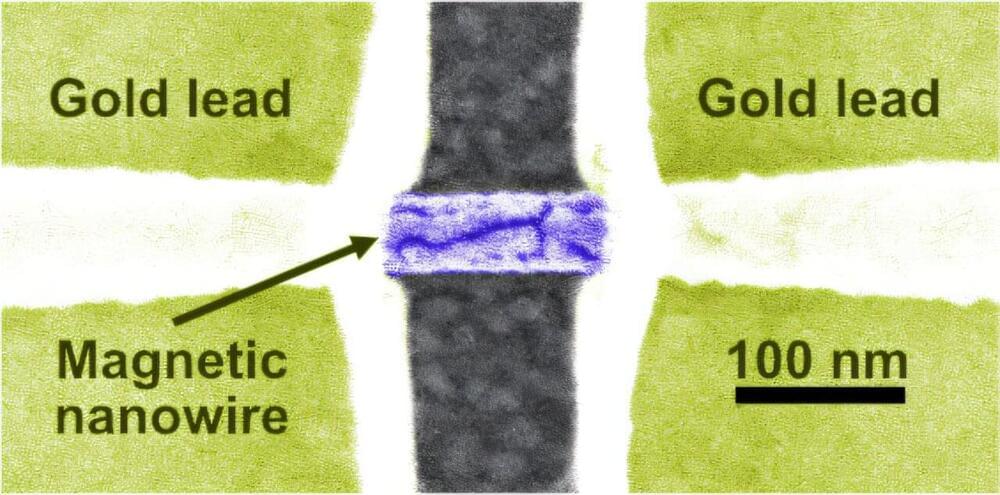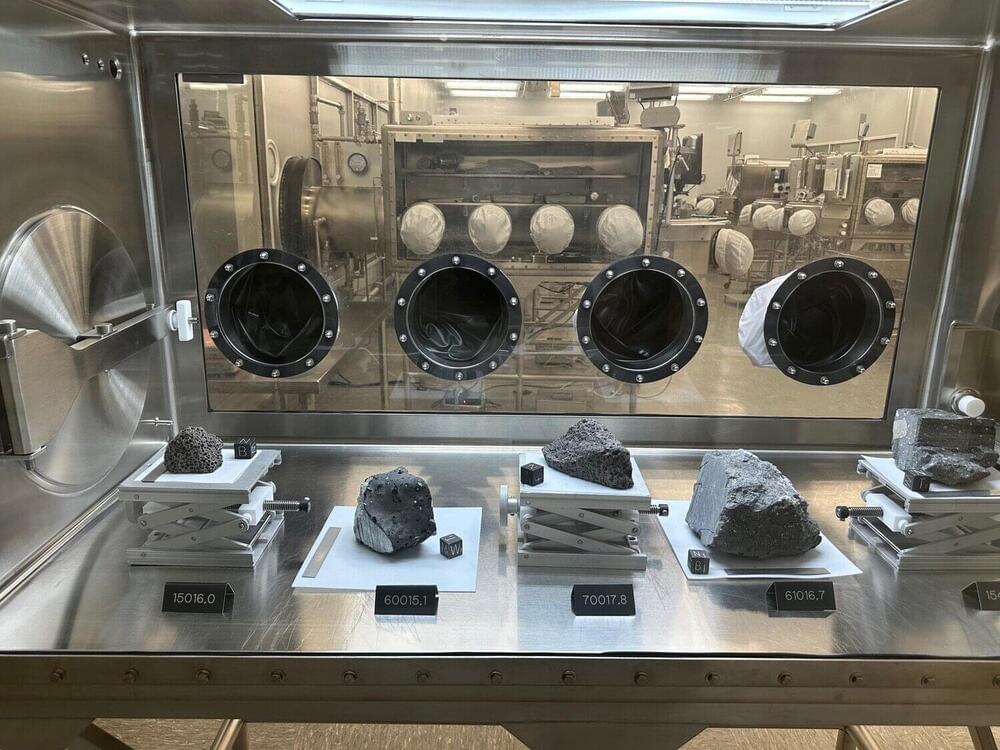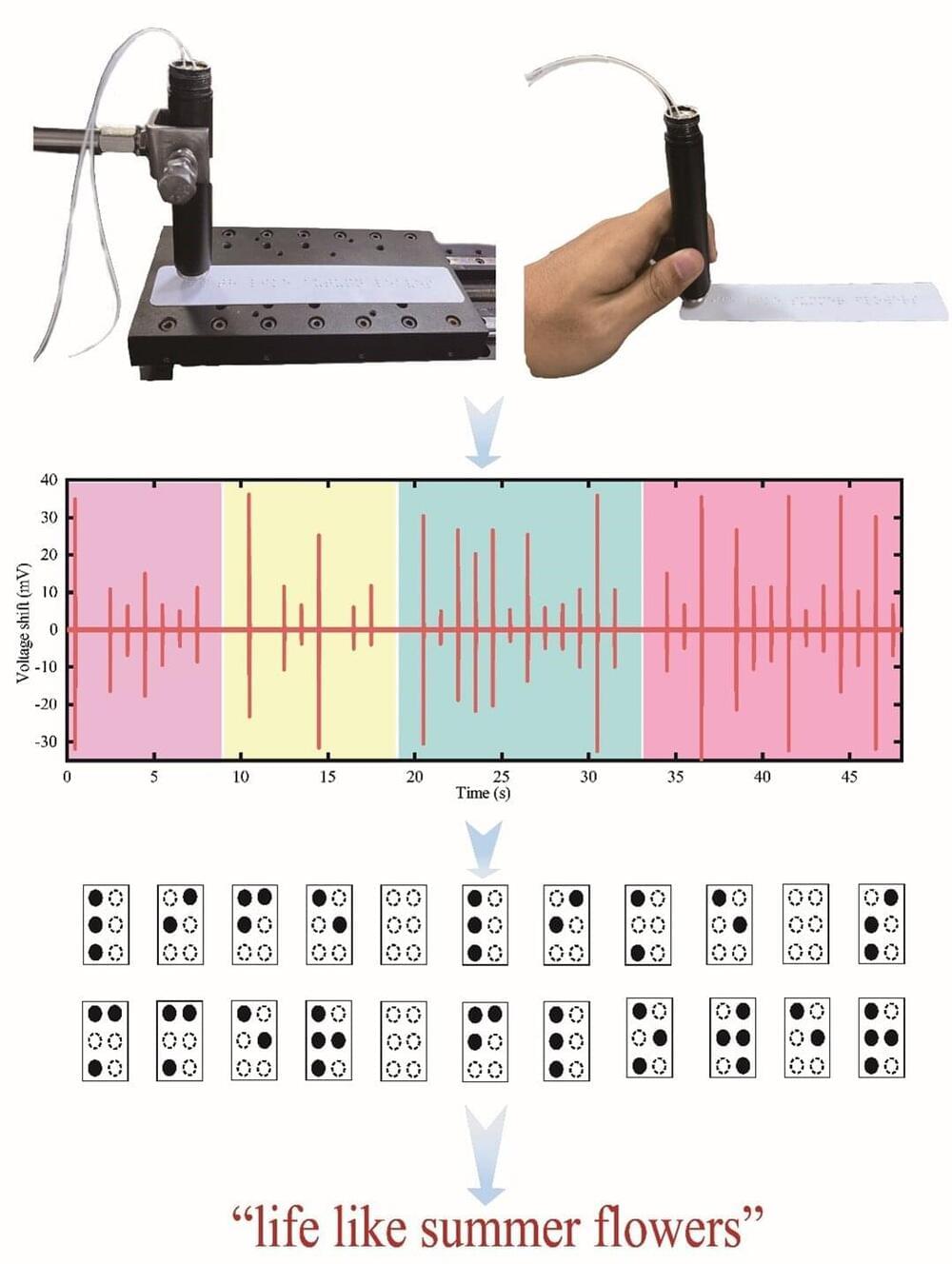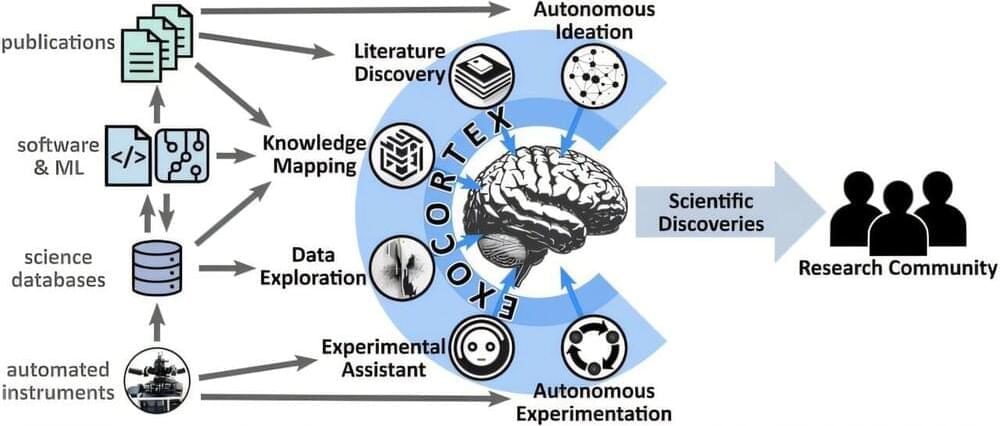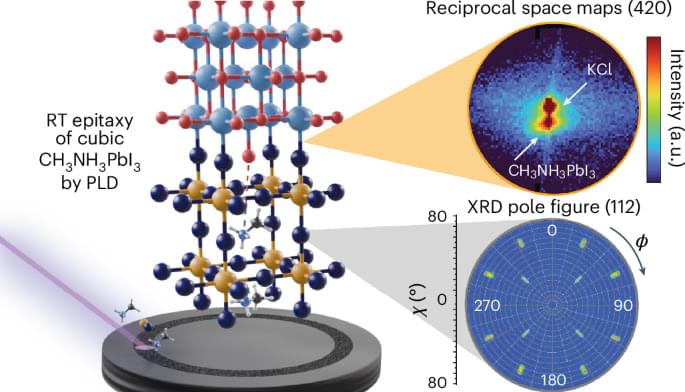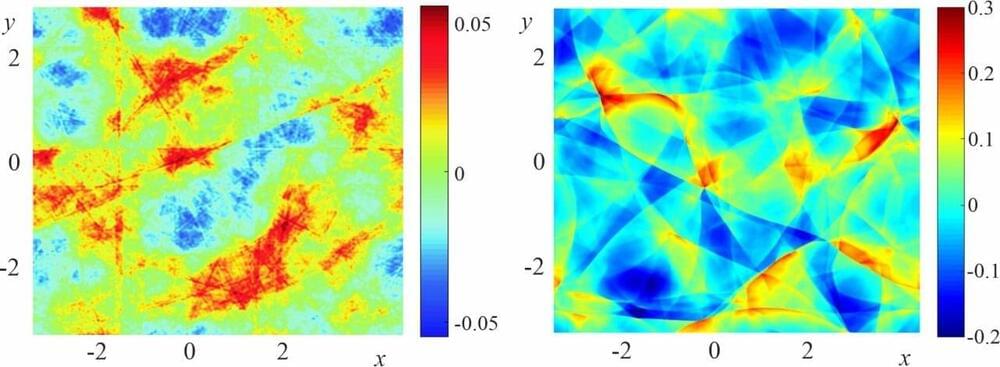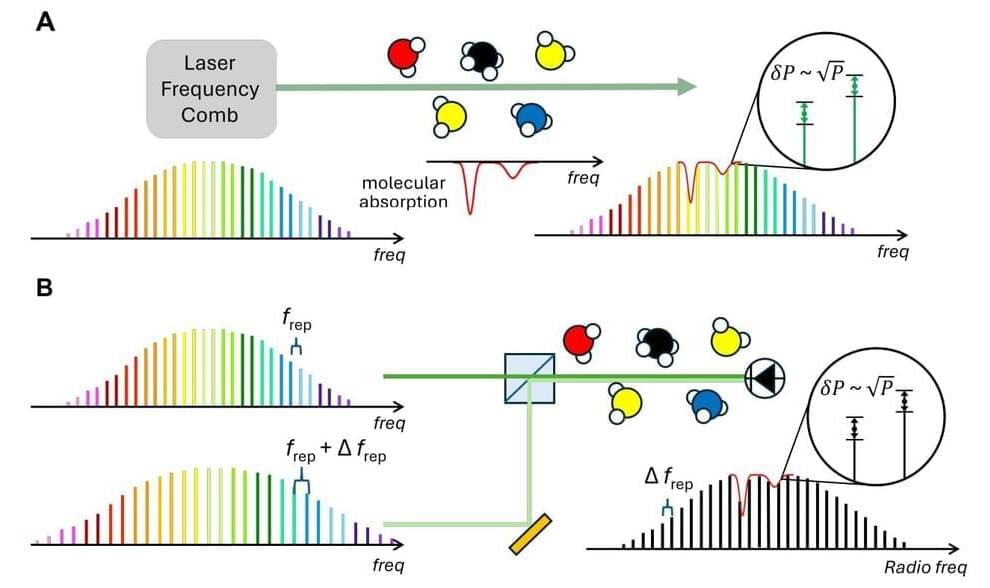Researchers have pioneered the use of parallel computing on graphics cards to simulate acoustic turbulence. This type of simulation, which previously required a supercomputer, can now be performed on a standard personal computer. The discovery will make weather forecasting models more accurate while enabling the use of turbulence theory in various fields of physics, such as astrophysics, to calculate the trajectories and propagation speeds of acoustic waves in the universe. The research was published in Physical Review Letters.
Turbulence is the complex chaotic behavior of fluids, gases or nonlinear waves in various physical systems. For example, turbulence at the ocean surface can be caused by wind or wind-drift currents, while turbulence of laser radiation in optics occurs as light is scattered by lenses. Turbulence can also occur in sound waves that propagate chaotically in certain media, such as superfluid helium.
In the 1970s, Soviet scientists proposed that turbulence occurs when sound waves deviate from equilibrium and reach large amplitudes. The theory of wave turbulence applies to many other wave systems, including magnetohydrodynamic waves in the ionospheres of stars and giant planets, and perhaps even gravitational waves in the early universe. Until recently, however, it has been nearly impossible to predict the propagation patterns of nonlinear (i.e., chaotically moving) acoustic and other waves because of the high computational complexity involved.
